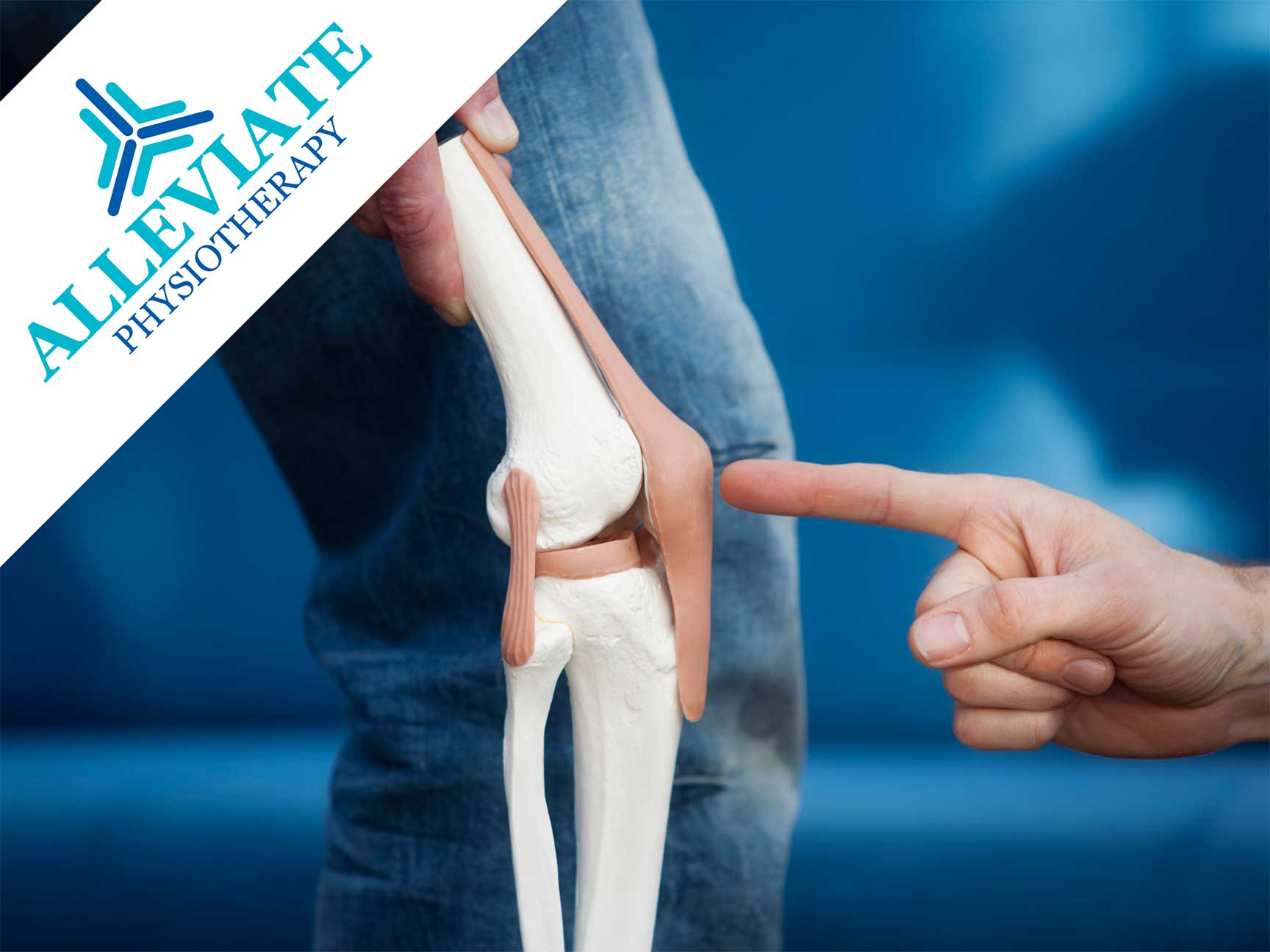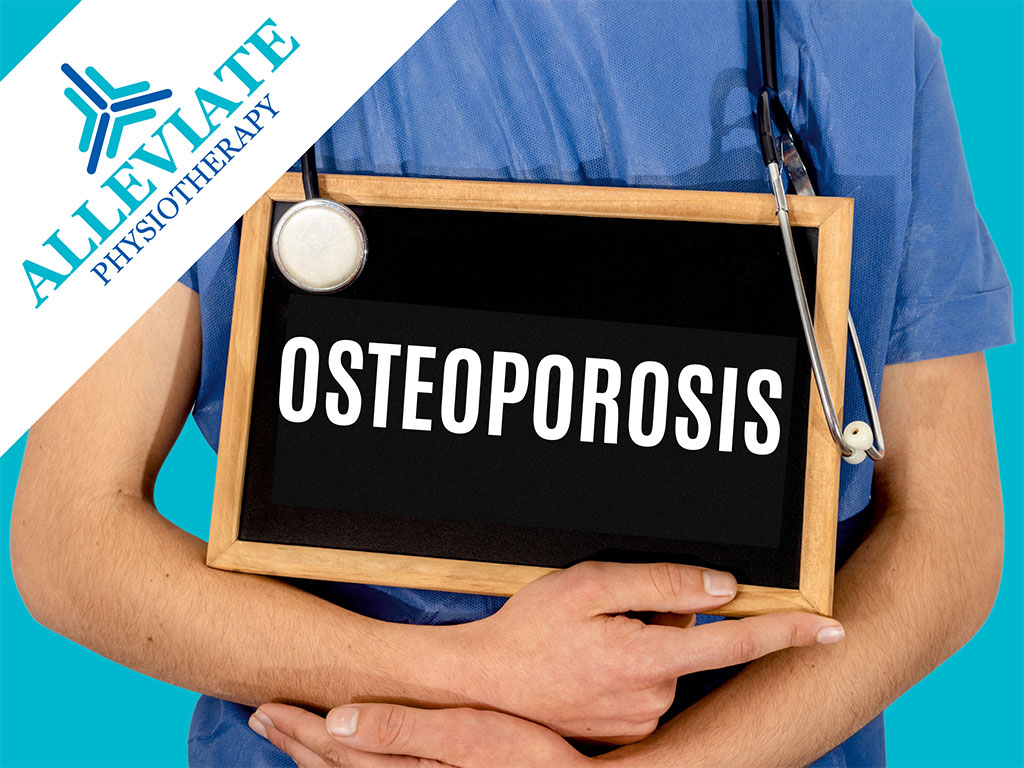Physical Therapy for Ankle Injuries
Ankle injuries are one of the most commonly reported injuries in the healthcare system. We regularly hear about a neighbour or a co-worker, who either sprained, strained or fractured their ankle when jumping or landing incorrectly?
Physical Therapy for Ankle Injuries
In order to answer that question, let us learn a little about the anatomy of our ankle joint.
The ankle joint acts like a hinge, surrounded by synovial fluid; it exists in the body and allows motion primarily in one plane of direction. Up and down. When we are asked to point our feet up towards the celling, we are performing dorsiflexion of the ankle joint, and when we point our feet down, we are plantar flexing our ankle. Our ankle is made up of several important structures, and this unique design of the ankle makes it very stable. Stability is one of the most important characteristics of our ankle joint, as one of its main function is to carry up to 8 times our body weight.
When we walk, the muscles, tendons, and ligaments support the ankle and work together to help us move forward. The important structures of the ankle can be divided into several categories.
1. Bones and Joints:
The ankle joint constitutes of three bones. Talus, the ankle bone, which fits inside a socket that is formed by the lower end of your shinbones, called the tibia and fibula. Your talus is also attached to your heel bone called the calcaneus, which forms the sub-talar joint and allows your ankle to perform accessory movements such as inversion and eversion of the foot.
2. Muscles:
The strong muscles present in our lower leg contract to move our ankle when we walk, run and jump. Some of these muscles include the peroneals (Peroneus longus and Peroneus Brevis), the strong muscles of our calves, such as the gastrocnemius soleus and tibialis posterior; and the major shin muscle, tibialis anterior.
3. Ligaments and Tendons:
Ligaments and Tendons are structures which allow attachment between bones, and muscles and bones. The difference between the ligaments and tendons are that tendons allow attachment between bones and muscles, whereas ligaments creates articulation between bones.
A series of ligaments supports the ankle, and allows the formation of a hinge. Some of these ligaments include the Deltoid ligaments, found on the inside of your ankle, the anterior and posterior talofibular ligament, and the calcaneofibular ligaments. These ligaments are most likely to be injured following a bad fall. Which ligaments will be affected is determined by the position of our foot upon landing. Sometimes injuries to these ligaments are more critical than a fracture.
The ankle joint is also supported by the nearby tendons, the largest one being the Achilles Tendon. The Achilles tendon plays an important role when walking, running and jumping, as it attaches the muscles present in the calf to our heel (the calcaneus bone). The tendon of the posterior tibial muscles, is also important and helps support the arch of the foot and allows us the create momentum when we walk. In the front of our foot, the anterior tibial tendon allows us to raise our foot towards the ceiling. On the outer bump of the ankle, two tendons of the peroneal muscles, help turn the foot down and out.
4. Nerves:
Every joint, requires a nerve supply to function effectively. The nerves of our ankle joint are:
- Deep Peroneal
- Saphenous Nerve
- Sural Nerve
- Tibial Nerve
- Superficial Peroneal Nerve
As all of these nerves work along with one another, and for this reason injury to just one of these nerves can disrupt the whole movement of our ankle.
As you can see, the anatomy of the ankle is very complex. When everything works together, the ankle functions correctly; but even if one part of the ankle becomes damaged, it can affect every other part of the ankle and foot, leading to problems.
What are some of the injuries that commonly occur in our ankle joint?
- Ankle Joint Fracture: a fracture in the ankle joint occurs when one or more of the bones present in the ankle breaks.
- Stress Fracture: these are tiny cracks in the bone, that occur when we apply repeated pressure or when we overuse our joint; for example. when we are repeatedly jumping, or when we run long marathons.
- Ankle Ligament injury/ Ankle sprain: this usually occurs when there is stretching or tearing of the ligaments which support the ankle joint and connect bones to each other.
- Ankle Instability: this is a condition characterized by recurring giving away of the outer side of the ankle. This condition usually occurs after repeated ankle sprains.
- Achilles Bursitis: this occurs when there is inflammation in the fluid-filled sac (bursa) which is located between the skin of the back of the heel and the Achilles tendon.
- Bunions: a bony bump that forms at the joint at the base of your big toe.
- Flat Foot/ Pes Planus: this occurs when the arches present in your foot either falls or collapses.
- Nerve injury
- Ankle Joint Dislocation
As all of these nerves work along with one another, and for this reason injury to just one of these nerves can disrupt the whole movement of our ankle.
As you can see, the anatomy of the ankle is very complex. When everything works together, the ankle functions correctly; but even if one part of the ankle becomes damaged, it can affect every other part of the ankle and foot, leading to problems.
What are some common symptoms associated with these ankle injuries?
Some common symptoms that are experienced by patients when they injure their ankles are:
- Pain
- Swelling
- Redness
- Tenderness
- Difficulty in movement
- Joint instability
- Loss of sensation
How can my physiotherapist help me with an ankle injury?
Your physiotherapist will provide you with one-on-one assessments, where they will undergo several special assessments, they will analyze your ankle, and will work towards getting a better understanding of how it moves, how it helps you walk, jog and run to help you get a clear understanding of what is happening in your foot.
Following your assessment, the physiotherapists will provide you with appropriate education, and will help you relieve some of your symptoms by using techniques such ankle joint mobilization, taping and ankle bracing.
In order to prevent re-injury of your ankle joint, your physiotherapist will help you strengthen and stretch your ankle. Your physiotherapists can help you choose the best ankle rehab exercises, which will guide you in your rehab and will help you regain your ankle mobility and strength.
So, what are you waiting for? Book an initial assessment with a physiotherapist near you @Alleviatephysiotherapy today! Learn more about ankle sprain physiotherapy treatment, ankle sprain rehab protocol, and physical therapy for ankle ligaments.
Have more questions?
A pain-free life is just a call away.
Feel free to Book a Free Consultation
OR
Check out our Services and Therapist Profiles
Your healthcare is our priority; we don’t just Alleviate PAIN, we also Alleviate your QUALITY OF LIFE by improved mobility and daily functioning.









